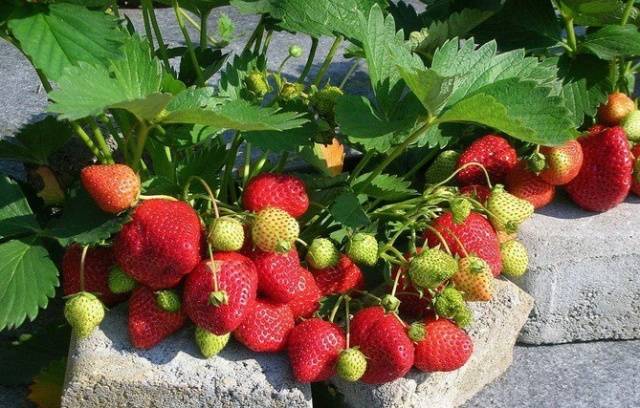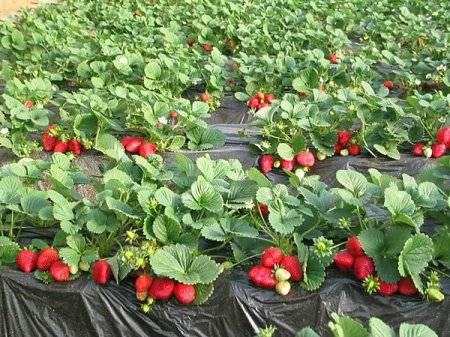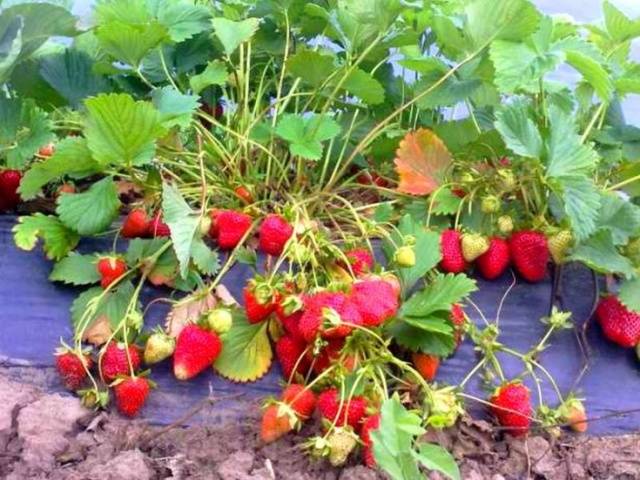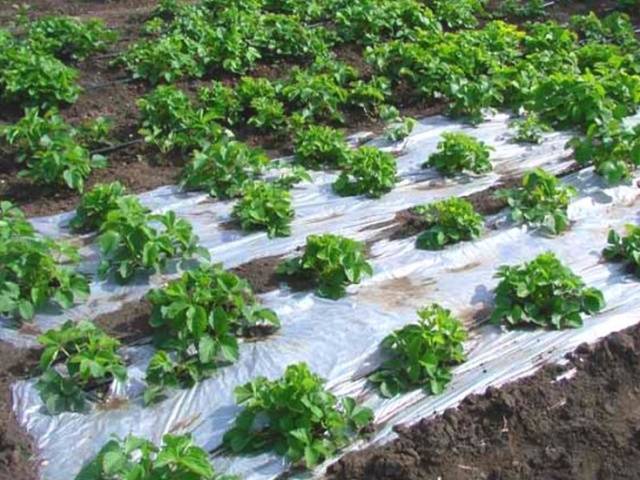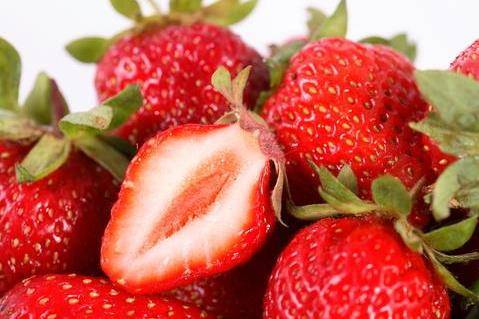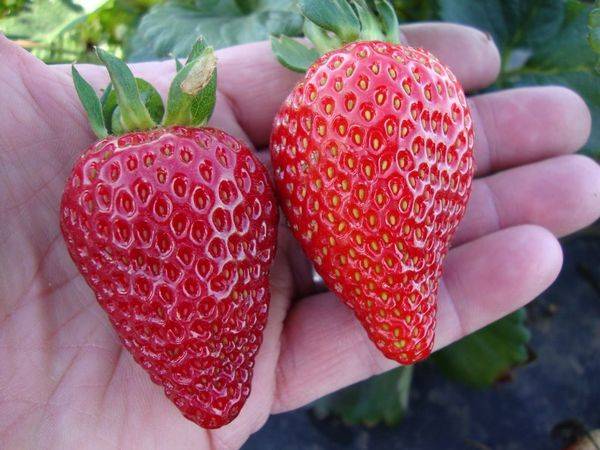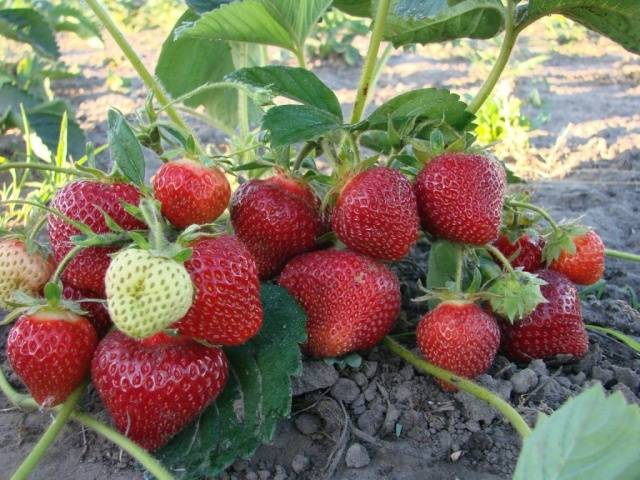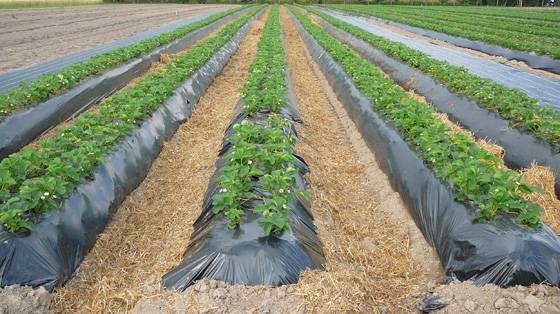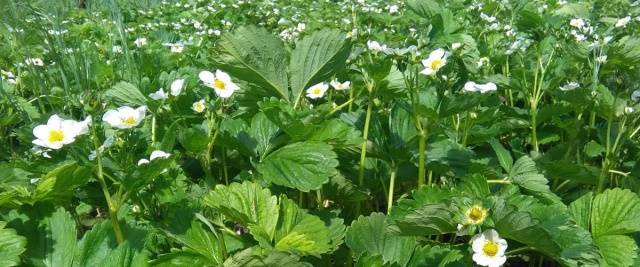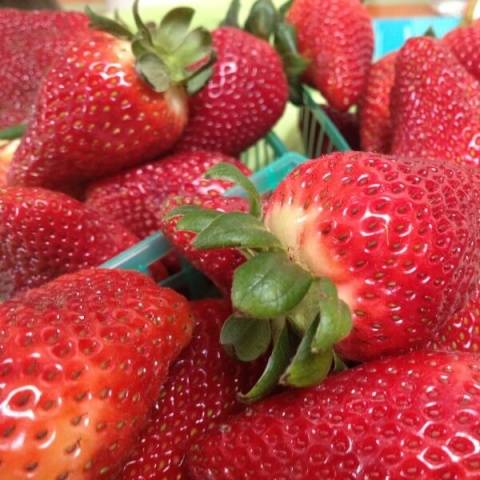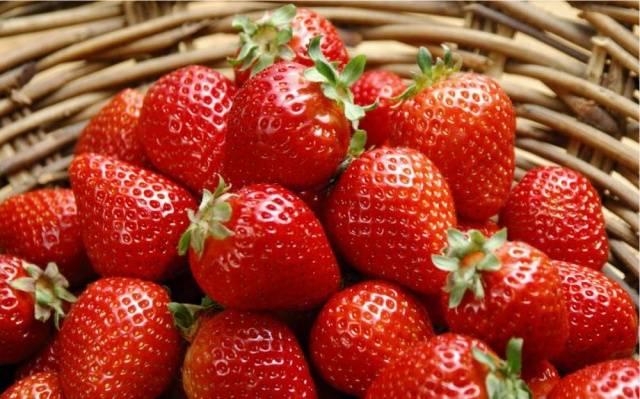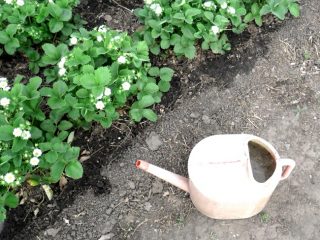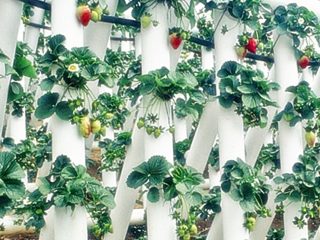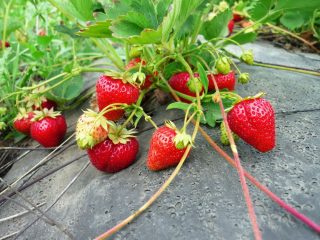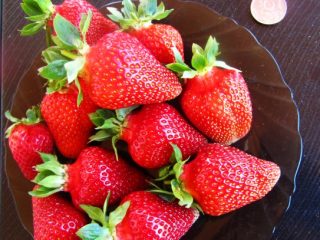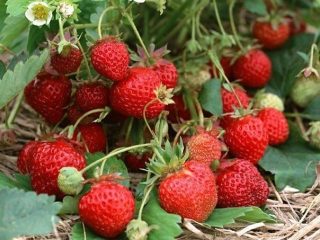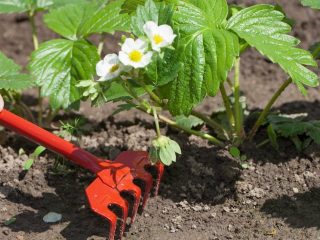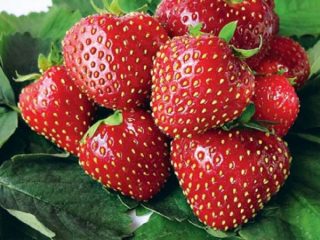Content
Until recently, most amateur gardeners and summer residents were not very interested in strawberry varieties to grow in their gardens. The main thing is that there is at least some harvest and that the bushes are not particularly capricious in terms of care and weather conditions. They propagated what grew in the gardens before them or bought at the market what was offered by local sellers, and were quite satisfied with what they grew. But in recent years, due to the huge number of new varieties bred by breeders, it has become fashionable to get and try all the new products in a row. It is especially difficult to pass by remontant varieties, which are capable of several waves of fruiting during the season. And when grown indoors, you can get berries from them all year round. The most famous among them is the Albion strawberry.
Description and characteristics of the variety
Strawberry variety Albion was obtained quite recently in 2006 at the University of California, USA, as a result of crossing two varieties: Cal 94.16-1 and Diamante. Of course, in terms of its requirements for the growing conditions of this strawberry, the climate of the United States is more suitable, but in our temperate latitudes it is also quite capable of producing decent yields with proper care.
The bushes of this variety have a fairly powerful appearance with dark green, medium-sized leaves.The flower stalks are strong, quite tall and do not lie down, so the flowers themselves with the resulting berries are located on top of the leaves and may not touch the ground at all, which is very convenient for collecting them. It also reduces the likelihood of contracting various diseases. In stolons one can observe dense pubescence, which has an anthocyanin color.
The Albion strawberry variety is a day-neutral plant, which means that its ability to produce fruit does not depend on the time of year and the length of daylight hours.
During the entire growth period, strawberries usually have time to bear fruit 3-4 times, although the latter often do not have time to ripen in our climate. But the Albion strawberry variety is ideal for growing in closed ground conditions, including industrial ones.
The appearance of the first fruits can be observed the next year after planting. The yield indicators of this variety are really impressive - after all, it can range from 0.5 to 2 kg per bush for the entire season. Such large discrepancies in numbers can only indicate that maximum results can be achieved only in almost ideal conditions, both from an agrotechnical and climatic point of view. At the same time, the highest quality and largest harvest of berries is usually harvested in August. It is by this time that, under our conditions, Albion strawberries are able to reveal their full potential.
Unfortunately, the variety does not have good frost resistance. In any climatic regions of Russia it is necessary either to grow it indoors, or to cover the bushes for the winter with straw or agrofibre.
A description of the Albion strawberry variety would be incomplete without touching on its resistance to various infections. Albion strawberries demonstrate good resistance to late blight rot and verticillium wilt. It also resists anthracnose quite well. But Albion strawberries are completely defenseless against brown and white spotting - they definitely need treatment with biofungicides against these diseases.
Characteristics of berries
It is the berries that are the pride of any strawberry, and especially this variety. What characteristics do they differ in?
- The berries are quite large in size, although their size has some dependence on the frequency and size of fertilizing. It is quite possible, therefore, that the largest berries are not the healthiest. The average weight of one berry ranges from 30 to 50 grams.
- The outside of this variety of strawberries is bright red, but inside they have a pink tint.
- The ripening of the berry proceeds from the top to the stalk, and if it is not sufficiently ripened, a whitish spot can be observed at the base of the sepal.
- Albion strawberries have a predominantly cone-shaped berry. The variety has an interesting feature - fruits from the same ovary may well have slightly different shapes: oval, heart-shaped, elongated.
- Due to insufficient watering, various deviations can occur among the berries, characterized mainly by the presence of voids inside the fruit.
- The taste characteristics of Albion strawberries are beyond praise - the berries are very tasty, sweet and fragrant.
- Due to their high density, the berries of this variety are quite suitable for storage and transportation over long distances.
Growing Albion strawberries: features
The autumn months are best suited for planting Albion strawberry bushes. If you want to plant Albion strawberries in the spring, the plants may not have time to take root well and will produce a harvest that is an order of magnitude less than expected. But when planted in the fall, next summer Albion will thank you with a sufficient number of sweet and large berries. When planting seedlings, a handful of humus must be added under each bush.
The distance between plants should be about 30-40 cm, with row spacing equal to 40 cm. This variety produces a moderate number of tendrils, so tracking them is quite easy. As a rule, the strongest rosettes with the greatest fruiting potential are formed on the very first tendrils. It is better to leave them to take root in the same bed not far from the mother bushes.
Since the Albion variety is quite a valuable and expensive variety, it makes sense to try to root all its rosettes. But those that form on subsequent tendrils are best cut off and grown in a special separate bed - in a nursery. If flower stalks appear on the rosettes of the first year, they should be removed so that the bushes can grow more roots and leaves by winter and the next season. If these conditions are met, next year will be able to please you with a good harvest.
Watering for this variety is of decisive importance - it must be regular and sufficiently abundant. That is why the best option when growing Albion strawberries is to install a drip irrigation system.
In early spring, immediately after the snow melts, it is very important to feed the strawberry bushes with any organic fertilizer. Subsequently, it is necessary to fertilize several times using complex fertilizers containing microelements in chelated form. It is especially important for strawberries to have a sufficient amount of iron chelate. If necessary, during the flowering period, you can foliar fertilize strawberry bushes with fertilizer containing iron. The main feedings are also carried out during flowering and during the formation of the first ovaries.
To protect Albion strawberries from various fungal infections, primarily from rot, you need to carry out preventive treatment several times with a solution of biofungicides: Fitosporin or Glyocladin. The first treatment is carried out after the snow melts, the second - during the flowering period.
A good way to prevent diseases is to spray Albion strawberry bushes with an iodine solution. For these purposes, 30 drops of iodine are diluted in 10 liters of water.
To preserve moisture and protect strawberry plantings from weed It is advisable to mulch the row spacing with a layer of straw or hay. The use of black film is not always rational, since it can provoke outbreaks of fungal diseases.
It is necessary to understand that in the climatic conditions of Russia, it is possible to obtain 1-2 kg of berries from an Albion bush only when grown in greenhouse conditions or in film tunnels. In open ground conditions, the actual yield will most likely be 500-800 grams per bush per season.
Reviews from gardeners and summer residents
Reviews from gardeners about Albion strawberries are mostly positive; everyone recognizes their good yield and the real sweetness of the berries.
Strawberry Albion undoubtedly deserves to settle on your plot if you want to enjoy the sweet berry throughout the warm season.
Of course, it is quite demanding in terms of conditions, but if desired, you can always achieve a good harvest.
